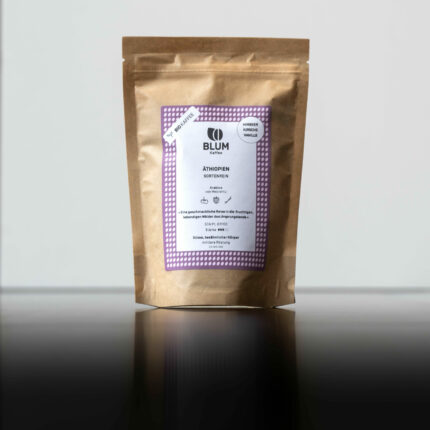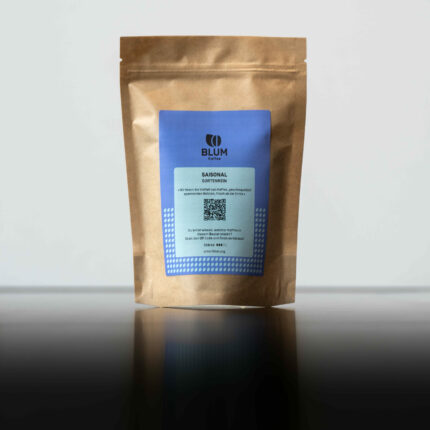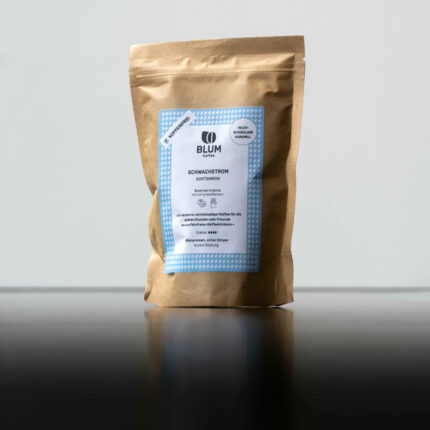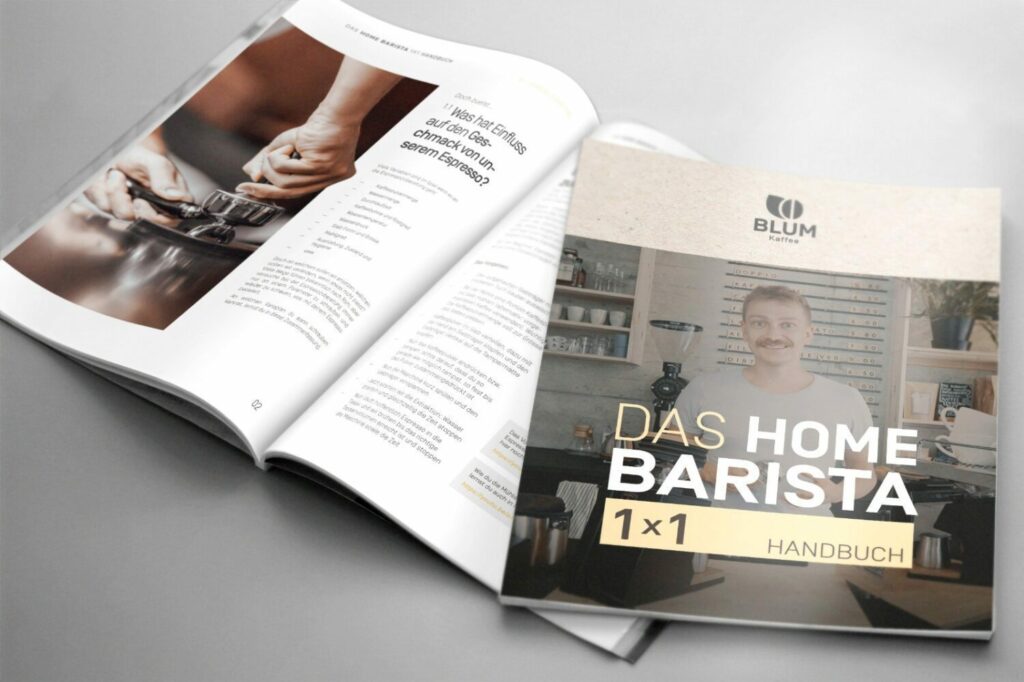Explore Portafilter Coffee for Your Espresso Machine
Dive into the world of portafilter coffee with our exquisite range of coffee beans. From the classic chocolatey-nutty blends to the contemporary berry-sweet single origin Arabicas, these coffee beans are your key to crafting exceptional espresso shots on your espresso machine. Elevate your coffee experience with every sip brewed from our carefully selected beans!
Showing all 8 results








Making portafilter coffee made easy!
A lot can go wrong when brewing on a portafilter - adjusting the grind, dosage and brewing ratio, roping and channeling, water temperature and brewing pressure - these are just some of the topics you will come into contact with when brewing portafilter coffee / espresso.
With the following video, you are guaranteed to succeed with your portafilter coffee - we show you how to adjust your portafilter machine and coffee grinder to each other and set up a new type of bean from start to finish!
Can I make coffee on the portafilter coffee machine?
Yes! There are different ways of making coffee with your portafilter machine.
- Café Crème: Coarser grind than espresso, run a larger amount of water through it
- Americano: Stretch espresso with hot water
In this video, we show you how to make coffee with a portafilter machine:
Which coffee to use for portafilter coffee machine?
Classic Italian espressos are prepared with dark roasted Arabica-Robusta blends. Modern espressos are often prepared with single-origin Arabicas, which deliver a less bitter, more balanced result in the cup.
If you want to brew coffee such as café crème or Americano on your portafilter machine, Arabica blends or medium-roasted coffees are a good choice.
Single-origin Arabicas with a medium or even light roast have a pronounced acidity and go very well with milk and oat milk – their sweetness balances the acidity of the coffee.
Which grind for espresso?
We use a fine grind for espresso. The right grind is crucial for the extraction and aroma of your espresso. When preparing with a portafilter machine, you should follow these guidelines to find the perfect grind:
Use 17-20g of finely ground coffee powder if you want to prepare coffee / espresso in a double sieve with your portafilter machine. The lead time should be around 25-30 seconds to obtain 40-50 ml of espresso. If the extraction takes too long, then the grind was too fine. If the espresso flows out of your coffee machine in less than 25 seconds, then the grind was too coarse.
A perfectly adjusted grind allows the espresso to trickle slowly out of the portafilter machine and then flow evenly into the cup. The color of the espresso shows a variety of brown tones, while an optimal crema can be recognized by its dense structure and golden brown color. Ideally, the espresso even forms a pattern known as “tiger stripes”.
The theory may sound simple, but small mistakes, such as an incorrect grind, can lead to undesirable taste results. If the grind is not set correctly, the coffee can be over- or under-extracted, resulting in a bitter or sour taste. Coffee connoisseurs refer to this as over- or under-extraction.
We show you how to find the perfect grind step by step in this YouTube video:
How much coffee powder for espresso?
An espresso recipe involves a brewing ratio of 18g to 20g ground espresso beans to 40g to 50g water for a double espresso in the cup.
For the single portafilter, you therefore take 8-10g of coffee for 20-25g of espresso in the cup.
Pay attention to your sieve here. The sieves often have a label on the side with the optimum amount of coffee.
How do I make coffee / espresso without a portafilter coffee machine?
If you don’t have an portafilter coffee machine or a fully automatic coffee machine at hand, or if you want to prepare espresso on the go, using an espresso maker like the Bialetti is worthwhile. The espresso maker is extremely popular for making coffee at home or on the go, such as while camping! Although it technically doesn’t produce espresso, it approaches the strength of a Café Crème or Americano. More precisely, the Moka pot is not an espresso pot but a coffee pot. In Italy, it is also called Caffettiera. The reason is that the Moka operates at a maximum pressure of 2.5 bars.
However, there is a challenge: The espresso maker brews the coffee too hot, leading to over-extraction! As a result, the coffee in the cup can quickly become bitter. With the right preparation technique, though, it is still possible to make coffee almost like from an espresso machine. You can find how to achieve that in this YouTube video:










